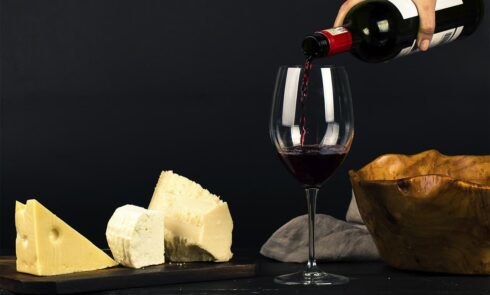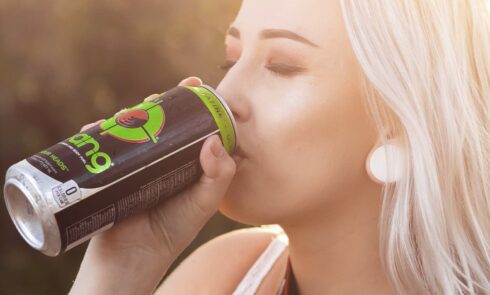Carbonated water is a product saturated with carbon dioxide, which has a peculiar taste, quenches thirst and gives freshness. But not everyone knows what process the drink goes through before it hits the store shelf.
The very first and basic step is to prepare the water, which is the main component of any drink. Various water treatment plants are used for this purpose.
The liquid is purified in several stages, during which all impurities and salts are removed. Next, the finished component is placed in storage tanks, from which further occurs the water supply.
The technology of carbonated drinks in the production of lemonades includes the process of preparing sugar syrup. Boiled water and sugar are mixed in a special syrup cooker. This process requires a gradual approach, constantly stirring the mixture and removing the foam that builds up.
At the end, citric acid is added, and the syrup is sent to the plate filter and heat exchanger.
To color the beverage to the desired shade, tinting agent is used, which gives a light brown color. No soft drink production process occurs without it.
The tinting machine burns sugar for an hour and a half, as a result of which the desired composition is obtained.
Peculiarities of carbonated beverage production technology
The production of carbonated beverages is not without coupage syrup. This is a mixture of taste and flavor filling of the future product.
It is to it that the following components are subsequently added:
sugar syrup;
berry juice or fruit infusion;
tint;
organic acids.
After all the ingredients are mixed, the mixture is filtered and goes into a refrigerator, from which it then enters the pressure tanks.
The last production step is bottling.
Production of carbonated soft drinks is growing rapidly, and today our market is one of the ten most global in the world. Its volume is four and a half billion liters per year.
The industry includes about fifty large and forty medium-sized production facilities.


